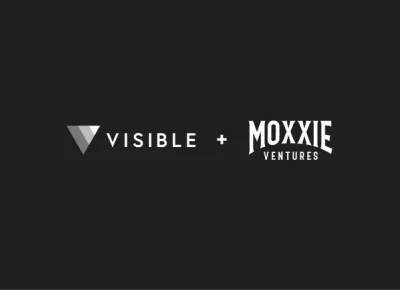
Much has been written about the benefits of organizational transparency, but some startup founders are still slow to adopt it in their businesses. It is awfully hard for an employee, investor, or advisor to add value to a business when they’re left in the dark. At the same time, however, it is vital to be thoughtful when deciding which information to share. Transparency can be a double-edged sword. Too much transparency can lead to confusion, whereas too little can lead to distrust and a failure to align your team and stakeholders.
Outside of the value-add from your current stakeholders transparency can be a catalyst for building trust and attracting top capital, talent, and customers. Here are 3 things to keep in mind when embracing transparency at your company.
Sharing without context is dangerous
Data without context is dangerous. While it may be easy to say, “I shared a dashboard with every in the company, I’m being transparent!”, that can lead to confusion, questions, and more answers. Sharing a revenue dashboard without including your monthly burn or spending does not provide much context for anyone consuming the data.
Des Traynor, the CEO and founder of Intercom, claims that mastering transparency has been one of the toughest lessons he has had to learn as a CEO. As Des puts it, “Transparency is some sort of spectrum. I think one thing that people over-engineer for is ‘let’s let everyone have access to absolutely everything and somehow magically assume that you’re going to understand it all on how we think about everything all the time.’ That’s just not how it works, unfortunately.”
Keep it consistent
One of the key benefits of being transparent is building trust. One of the easiest ways to destroy this benefit is by constantly changing up or hiding information. If you’ve been sharing certain financial metrics, then unexpectedly stop sharing the same data or change the context it is in, it will create questions and can sow distrust in your stakeholders.
Joel Gascoigne, the CEO of Buffer, has had to deal with the burdens of sharing the negatives throughout the process. Often regarded as one of the most transparent companies, Buffer went through a round of layoffs that were a surprise to most of the organization. As Joel puts it, “I don’t feel that we fully lived up to our value of transparency, specifically to share early in order to avoid a big revelation later.”
The Range of Transparency
Transparency is not a “one size fits all” approach. In the workplace, people will tell you transparency means different things to different companies. At the end of the day, transparency is about arming your stakeholders with the information they need to add the most value to your business.
On one end of the spectrum, you have companies like Buffer who is often considered one of the first to embrace radical transparency. Joel Gascoigne, CEO of Buffer, shares everything from a live feed of new MRR to salaries for their employees.
Other companies, like Structural, share a weekly note from the CEO. The “Friday Note” is a quick way to keep everyone in the loop and rallied behind the same vision. It is a simple way to engage employees but avoid any of the confusion that may come with sharing granular financials and strategic decisions.
No matter how transparency takes shape at your company, it is vital to arm your stakeholders with the information they need to add value to your business. Create a plan, stick to it, and give everyone the context they need to succeed. Interested in learning more? Check out our other resources for embracing a transparent culture at the Founders Forward Blog.




